How to check the lock of a washing machine
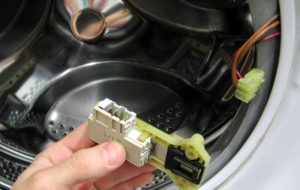 The UBL of a washing machine is far from the most complex device used in it, but because of it, your “home assistant” can stand up dead. UBL is nothing more than a washing machine hatch lock, which is designed to block the hatch during the washing, rinsing and spinning cycles. The lock works automatically and if it breaks, it blocks the hatch or does not want to close it at all. In the article we will tell you how to check the lock of the washing machine in different ways to understand if the UBL or something else is broken.
The UBL of a washing machine is far from the most complex device used in it, but because of it, your “home assistant” can stand up dead. UBL is nothing more than a washing machine hatch lock, which is designed to block the hatch during the washing, rinsing and spinning cycles. The lock works automatically and if it breaks, it blocks the hatch or does not want to close it at all. In the article we will tell you how to check the lock of the washing machine in different ways to understand if the UBL or something else is broken.
Lock designs
Before deciding how to check the UBL of an automatic washing machine, you need to at least roughly understand how such a lock works, and what kind of locks are generally used to block the “home assistant” hatch during washing. Over the past 30 years, in automatic washing machines produced by different manufacturers, only two types of locks have been used to lock the hatch: with a bimetallic element and electromagnetic.
Electromagnetic locks have proven to be unreliable and ineffective because they can only securely hold the hatch when there is electricity. Therefore, modern washing machines are equipped with UBL based on a bimetallic plate. Why is this UBL more in demand and how does it work?
It's quite simple. The operating principle of the UBL washing machine with a bimetallic plate is based on the interaction of three main parts:
- thermoelement;
- bimetallic plate;
- retainer.

When the control module of the washing machine gives the UBL command to block the hatch, voltage is applied to the thermoelement, which heats up in seconds, in turn heating the bimetallic plate. The thin and long plate expands when heated, becoming even longer, and at the same time it begins to put pressure on the latch, which immediately activates and closes the lock, reliably blocking the hatch. As long as voltage is applied, the plate will be hot and the hatch door will remain locked.
If the contact of the UBL thermoelement breaks through, then this thermoelement will stop heating, the plate will remain cold and the latch will not work - the hatch will remain open.
If the UBL is working properly, then when the power is turned off, the thermoelement will stop heating, the plate will cool, decrease in size and pull back the latch, unlocking the hatch. If the UBL is faulty or the corresponding triac of the control module is faulty, power will be supplied to the lock continuously and it will remain closed until you turn off the power to the washing machine. This is how this device works, now let’s talk about checking it.
We check with a tester
The operation of the lock can be more or less reliably checked with a tester. It is best to use a working electronic multimeter with a large range. Before checking the hatch locking device of an automatic washing machine with a multimeter, it will have to be removed. We will not talk again about how to remove hatch blocking device, if you need this information, read the corresponding publication on our website.
After removing the hatch lock, you need to look at its diagram.The fact is that UBL with a bimetallic plate is produced by quite a few companies and each places the contacts differently, but we need to know in advance which contact is responsible for what, in other words, where is the phase, where is the neutral, and where is the common. You can find such a scheme on the Internet. Without a diagram, we will not be able to carry out a high-quality check of the hatch lock using a multimeter.
As soon as we find out the purpose of each of the contacts of a particular washing machine lock, all we have to do is check it.
- Switch the device's toggle switch to resistance testing mode.
- We install one probe on the neutral contact of the lock, and the other on the phase contact.
- If the device shows a three-digit figure, everything is fine.
- We install the probes on two contacts of the lock: neutral and common.
- If the device shows zero or one, the washing machine lock is faulty.
If the lock's electrics are working properly, but it still does not work, it is not at all necessary that the fault lies somewhere else, because you also need to check the mechanics of the device, in case there is a factory defect.
Diagnosis by external signs
In some cases, it is possible to establish with a low degree of certainty that the UBL of a washing machine is faulty even without disassembling the equipment. You can diagnose a malfunction by the behavior of the washing machine itself, if, of course, you are well versed in its structure and know the operating principle of all modules. How can a washing machine behave in cases where the UBL is faulty?
- The UBL mechanics are clearly faulty in the case if the washing machine hatch remains blocked even several hours after the “home assistant” has been de-energized.
- If you start a washing program, and an error code appears on the machine display indicating a UBL malfunction.
- You are trying to start the wash, but the UBL does not want to lock the hatch. In this case, there are two options: either it is a lock or a control module. Replacing the UBL with a new one or checking the old one with a multimeter according to the scheme described above will help to accurately establish the truth.
There are still ways to check the lock, but they require access to equipment that cannot be obtained at home, which means it is not worth discussing.
To summarize, we note that checking the lock on a washing machine, which is responsible for blocking the hatch, is not as easy as it might seem at first glance, however, if you have minimal skills in working with a multimeter and an appropriate UBL circuit, the task is quite possible to cope with. Good luck!
Interesting:
5 reader comments

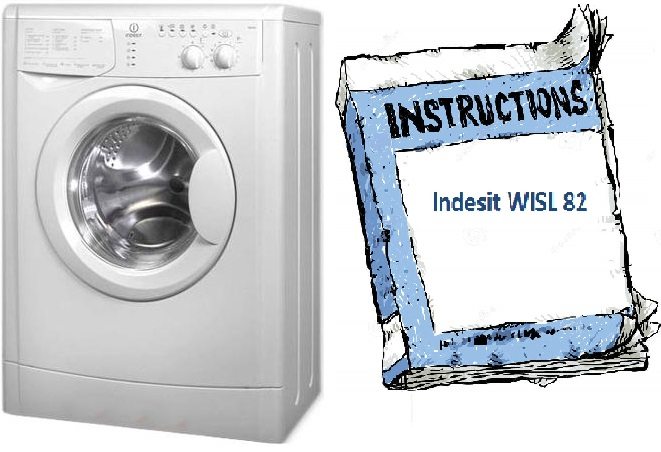
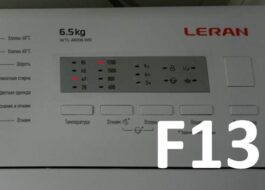
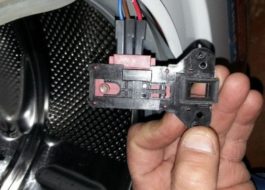
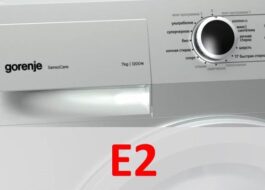
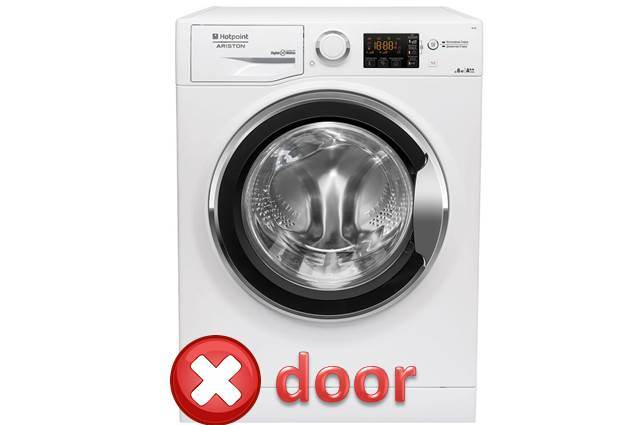















Good day, I want to say “thank you very much.” Your article helped me solve the problem with the Atlant washing machine and save $20, which the repairman asked for for repairs!
Thank you! The machine is old in the hostel. We were allowed to use it, but as luck would have it, it broke. Everything was repaired. The thermal element has been dispatched. I shorted the outer wire to the central one and ok.
Connected the multimeter. In the first case, it is not a three-digit number, but a four-digit one. In the second case, the article does not say at all what should be (written 1 or 0 means not working). Where are the specifics?
I agree with Andrey. N + L is a three-digit number, N + C is 1, and this is what it shows.In the first case it is normal, in the second it is broken. So what should we accept as truth?
Ha ha ha! But for me the reason is not worth a damn. I disassembled and reassembled the UBL and everything worked.